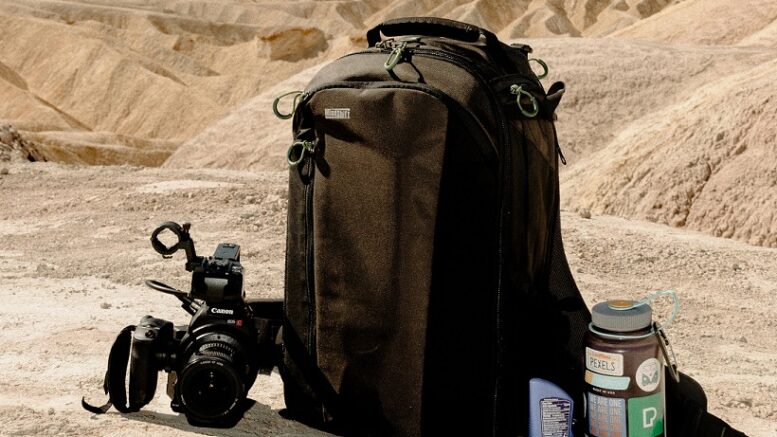Two of the most popular types of carrying cases today are the backpack and the messenger bag with a shoulder strap. While these bags have been synonymous with schools and mail carriers, both are also regularly chosen as carrying cases for transporting portable equipment.
The style you choose will likely depend on the size and the weight of the equipment you’re transporting. Here we’ve broken down the characteristics of both to help you in the process of choosing a messenger bag vs backpack
PROS AND CONS OF MESSENGER BAGS
The primary thing that sets messenger bag apart from a backpack is how the weight is distributed on your body. A messenger bag has a single strap which is regularly worn across the body from one shoulder to the opposite hip. This style, similar to a satchel, is great for carrying devices that are short and bulky, items 9-14 inches tall work well. Making them the ideal choice for most medical devices.
An advantage of courier bags is that they allow for easy access to your device without taking it off, in the medical industry they are more common with devices that patients take home because they look and feel more natural in medical situations.
The drawback of developing a messenger bag is that if the devices are too heavy, it can cause strain or discomfort over time, and while they be produced with pockets on three sides or inside. They realistically lack the interior space and capacity that can be achieved with a backpack.

PROS & CONS OF BACKPACKS
Alternatively, a backpack is perfect for carrying heavier devices or devices with lots of accessories. With two straps to spread the packs weight out evenly across your back and shoulders you can carry more than twice the weight (Link: how-much-weight-can-backpacks-hold.html) you would carry with a messenger bag. Also backpacks typically position your items directly behind you and do not disrupt your walking or running motion. A messenger bag may require you to maneuver through a doorway when a backpack allows you to walk through without a second thought.
If you expect your products to travel long distances, or they are frequently moved short distances, then a backpack is going to make a lot of sense because your end user will be able to carry more items at one time and take advantage of the larger capacity of this type of bag.
There are multiple ways to design a backpack closing. You could use a top loading backpack if you are designing around a large singular device that will be taken in and out only. You can choose a half zipper design if you find that you will need access to multiple items in the bag that will be next to each other or in internal pockets.
Lastly you will find a briefcase design where the backpack unzips entirely and both sides can lay flat on the table similar to traditional rolling luggage. We have seen this type of bag used regularly in the Emergency medical market where a backpack is designed to have many internal compartments and pockets for different types of medical devices and supplies.
SO WHICH STYLE SHOULD YOU CHOOSE?
Depending on the Type of Product you are designing a carrying case around either one of these products is a viable option. Messenger bags work very well in some settings, but at some point, they can’t handle the weight. With easy access to its main compartment and external pockets for accessories, it’s the ideal choice for portable medical devices.
However, there are a lot of times when a backpack is a better option, and while they may seem overkill in some applications, they are versatile and practical for the transportation of more than one item. The Backpack will offer you a lot more space and choices than you will find in the messenger bag, whereas messenger bags are generally a one-size-fits-all design.
A backpack two strap design is going to be more comfortable than a one-strap messenger bag because of its weight distribution. You can’t go wrong either way it’s all dependent on the size, weight, and shape of your devices.

